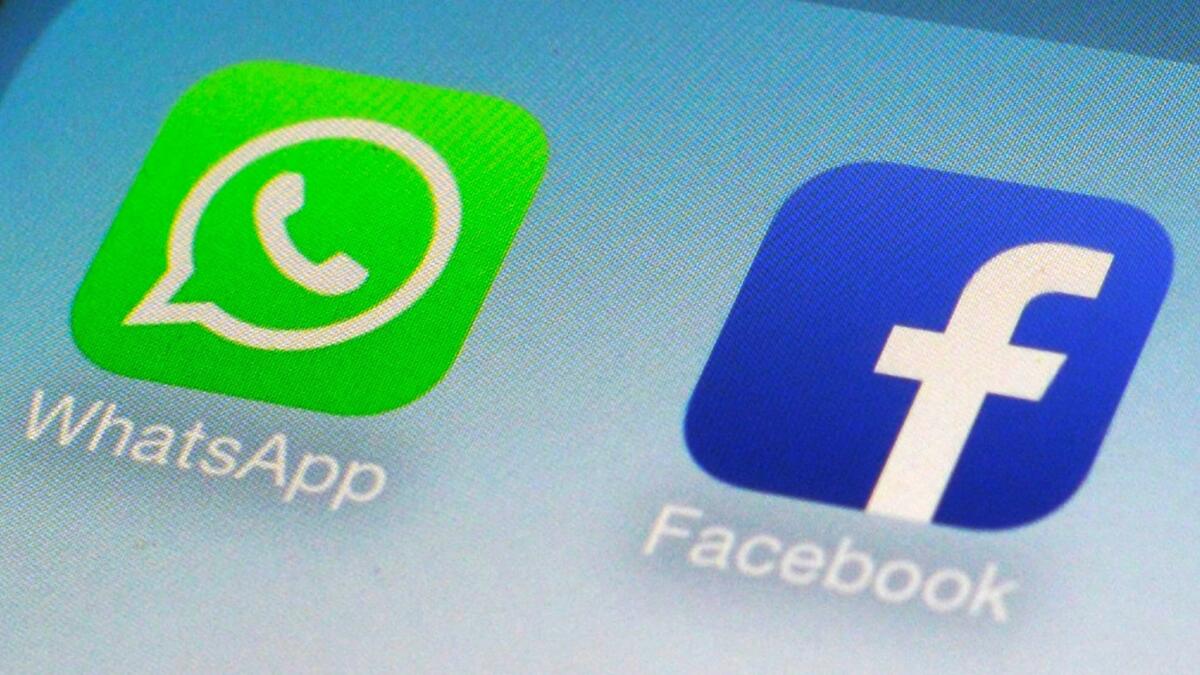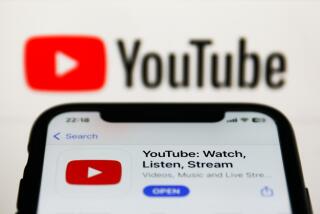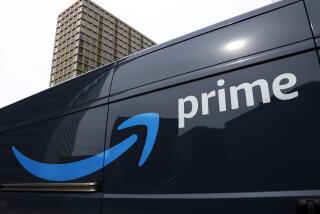Video is Facebook’s future. But it’s not good for profits yet

Facebook’s effort to get more videos in the news feeds of its 2 billion users will hurt the company’s massive advertising business, the company warned Wednesday.
Consumer demand for content such as mini-TV shows, recipe videos and sports highlights is outpacing Facebook’s fledgling video advertising business.
The social media giant is increasing the supply of other types of ads, including in its Messenger and WhatsApp chat apps, but those are years away from delivering significant income, Chief Executive Mark Zuckerberg and other company officials told financial analysts.
“We’re trying to communicate that the pace of growing the Messenger business is a long-term thing,” Zuckerberg said amid a barrage of analyst questions Wednesday about Messenger after the company reported its earnings Wednesday. “The much bigger driver of the business and determinant of how we do is going to be video.”
There’s no shortage of uncertainty about Facebook’s video efforts. It’s competing with YouTube, Snapchat and several other apps for the attention of top producers, from the likes of Walt Disney Co. and the Olympics to start-ups including BuzzFeed and Tastemade. TV advertisers also remain slow in their shift away from 30-second commercials.
Facebook views the diversity of its advertising options, and of course, its huge amount of users, as unrivaled selling points. Still, Facebook acknowledged its roaring ad machine is in bit of stall as it sees whether ads alongside videos and Messenger conversations get users to buy products as effectively as ads in the News Feed.
The Menlo Park, Calif., company has been among the stock market’s best performers this year, riding investor enthusiasm about its continued co-dominance with Google in delivering commercials, banners and other ads onto smartphones.
Though that strong position is far from being disturbed, Facebook’s sales growth is coming down from the 50% zone to the 40% range.
Yet, it’s hiring increasingly faster — adding more employees last quarter than in any three-month period in its 13-year history. And it’s spending big to erect new buildings to store digital data, develop new hardware and acquire videos it can stream to users.
The increasing costs could flatten Facebook’s profit. In the second quarter, profit grew 71% to $3.9 billion compared with the same period last year. The company saw a 177% surge in 2016 compared with 2015.
Second-quarter revenue rose 45% to $9.3 billion from $6.4 billion a year earlier. The number of daily active users rose 17% to 1.32 billion, with big upticks in Asia.
The company noted that more than 250 million people use Stories, one of its newest features, on Instagram and WhatsApp. But Facebook said nothing about usage of the self-destructing video-diary feature on its main app, which is believed to have been a major flop.
Stories have given Facebook a new spot to place ads. It wants to do the same with Messenger, but it first has to convince users that the space reserved for conversations with friends and family is an OK place to talk to businesses. It’s done that before with the News Feed, getting millions of people to like the Facebook pages of McDonald’s, Nike and other major brands.
Zuckerberg said he’d love to make the process move faster, but Chief Operating Officer Sheryl Sandberg noted that settling on a look and feel of an ad type that’s acceptable to both users and and advertisers would require “a lot of work.”
“What we really want to emphasize, we’re going to be slow in deliverance,” she said. “We do not manage this company quarter to quarter.… We protect the consumer experience.”
The investor and analyst interest in Messenger makes sense. Facebook has squeezed about as many ads onto its main platform as it can, and it’s no longer seeing enough usage on laptops and desktops to justify putting significant resources in ads that work on bigger screens.
The fancy term for this is “ad load,” and Facebook warned investors in 2016 that it has pretty much maxed it out. Put any more ads in front of users and they might start complaining — or worse, just leave.
As such, Facebook, a free service that relies almost completely on ads to make money, has to keep finding new and creative ways to let businesses hawk their stuff on its properties.
On Instagram, an increase in ads over the last few years hasn’t appeared to dampen user interest. Its up to 700 million users (up from 100 million in 2013).
But Messenger and WhatsApp are different, Sandberg told analysts. They aren’t apps in which users scroll through an endless feed. It’s an experience they dive into, often to reach out to a specific person or group with a private message.
Facebook product manager Ted Helwick wrote in a blog post that a “small percentage” of Messenger users will start seeing ads by the end of July. The company will then study that limited rollout to ensure that it’s delivering “the best experience.”
Following the quarterly earnings release, Facebook shares rose above 5% in after-hours trading to above $173.
The Associated Press contributed to this report.
UPDATES:
4:55 p.m.: This article was updated after Facebook’s earnings call.
This article was published at 1:55 p.m.







